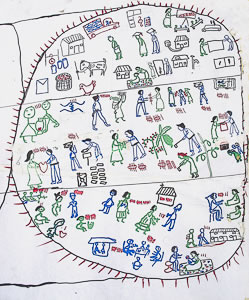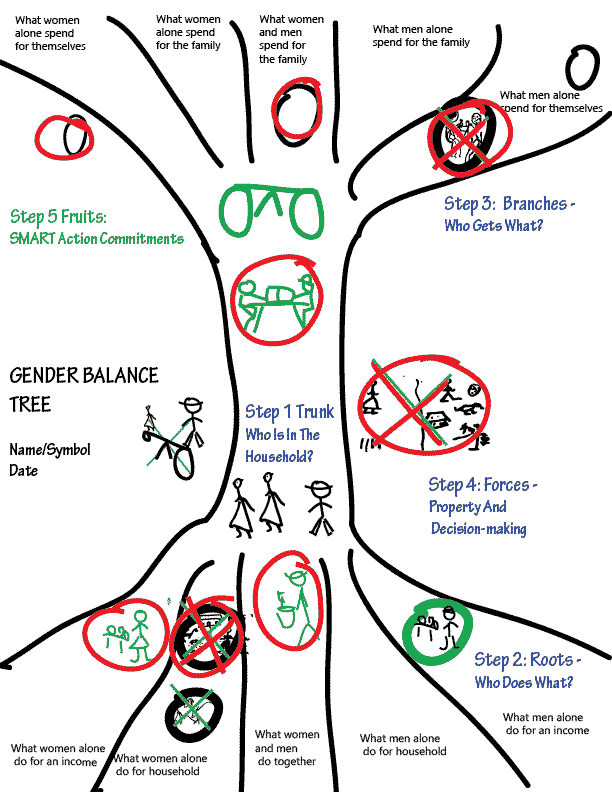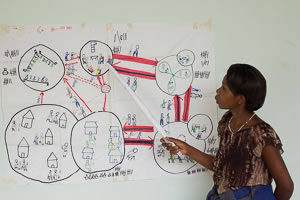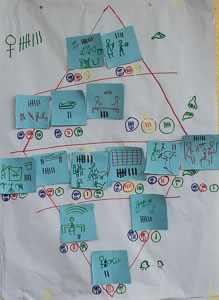.jpg)
GALS Diagrams
Drawing and diagrams are powerful analytical tools that help people at all levels to think clearly and creatively about complex issues, and to communicate this analysis clearly to other people. GALS develops ideas from information graphics, concept mapping and graphic design to facilitate analysis, innovation and equal communication between stakeholders from those without formal education to the most powerful.
GALS starts with:
and adapts four basic diagram types:
These tools are adapted and sequenced in specific ways, depending on the nature of the issue and process.Each of these diagram tools can also be used individually and adapted in many different ways for analysis, planning and tracking. For more details see 'Thinking it Through with Diagrams'


web60045.jpg)

web60044.jpg)

